When you pick up a prescription, you might see two bottles on the counter: one with a well-known brand name, another with no name at all. They look different, but they’re the same medicine. This isn’t a trick. It’s an authorized generic - a drug that’s chemically identical to the brand-name version, made by the same company, in the same factory, with the same ingredients. Yet it costs less. And most people don’t know it exists.
What Exactly Is an Authorized Generic?
An authorized generic is not a copy. It’s the real thing - just without the brand name on the label. The U.S. Food and Drug Administration (FDA) defines it clearly: it’s the exact same drug product as the brand-name version, manufactured under the original brand’s New Drug Application (NDA). That means the active ingredient, the dosage form, the strength, the way it’s taken - everything - matches the brand. Even the inactive ingredients like fillers, dyes, and preservatives are identical.
Traditional generics, by contrast, must prove they’re bioequivalent - meaning they work the same way in the body - but they’re allowed to use different inactive ingredients. That’s why some patients report differences in how they feel when switching from brand to generic. For people with allergies or sensitivities, even small changes in fillers can cause reactions. Authorized generics eliminate that uncertainty.
These drugs first appeared after the Hatch-Waxman Act of 1984, which created the modern generic approval system. Brand manufacturers didn’t wait for competitors to undercut them. Instead, they started making their own generic versions - under a different label - to keep market share. Today, over 150 authorized generics are available in the U.S., covering everything from high-blood pressure pills to asthma inhalers.
How Are Authorized Generics Different from Traditional Generics?
Here’s the simple breakdown:
- Brand-name drug: Original product, patented, marketed under its brand name. Approved under an NDA.
- Authorized generic: Same drug, same factory, same ingredients. Sold without the brand name. Still approved under the original NDA.
- Traditional generic: Copycat version. Same active ingredient, but different inactive ingredients. Approved under a separate ANDA (Abbreviated New Drug Application).
The key difference? Regulatory path. Authorized generics don’t need their own FDA approval. They’re covered under the brand’s original NDA. That’s why they’re considered identical in every way - not just in how they work, but in what they’re made of.
Traditional generics, while safe and effective for most people, can vary slightly in fillers. One study of over 5,000 patients found that while most saw no difference between brand and generic, a small group reported side effects linked to inactive ingredients - like stomach upset or rashes. Those same patients often switched back to the brand or requested the authorized generic and saw immediate relief.
Why Do Authorized Generics Cost Less - But Not Much Less?
Brand-name drugs can cost 80-85% more than traditional generics. But authorized generics? They’re usually priced somewhere in between. Sometimes they’re only 15-20% cheaper than the brand.
That’s because the company making the authorized generic is often the same one that makes the brand. They’re not trying to compete on price - they’re trying to compete on market control. By launching their own generic version, they block other companies from entering the market. It’s a smart business move, but it doesn’t always save patients money.
Insurance companies know this. Many will cover authorized generics at the same tier as traditional generics, meaning your copay might be low. But if your pharmacy doesn’t stock the authorized version, or your insurer doesn’t list it, you might end up paying more than you should.
GoodRx data from 2023 shows that for some drugs, the authorized generic costs $15, the brand costs $80, and the traditional generic costs $10. That’s a huge gap. For others, the authorized generic is $45 - barely cheaper than the brand. It depends on the drug, the manufacturer, and your insurance.
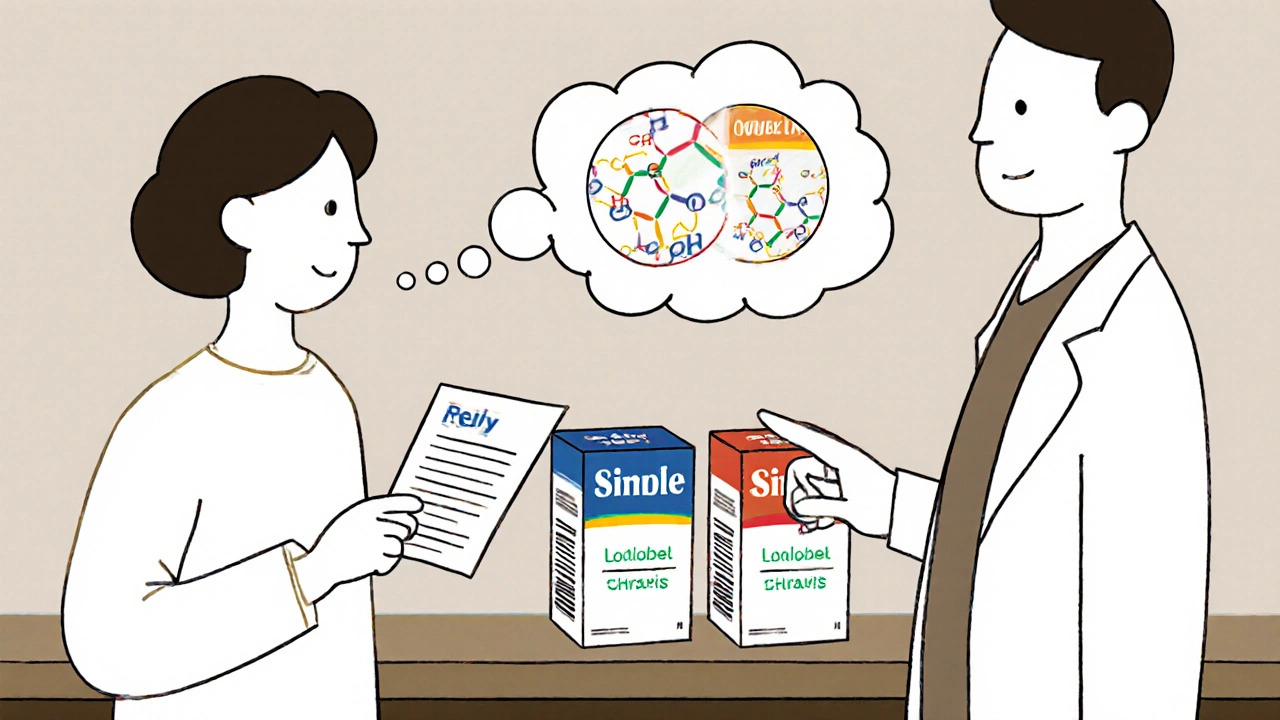
Do Doctors and Pharmacists Know the Difference?
Not always. A 2023 survey by Pharmacy Times found that nearly 30% of patients asked their pharmacist why they were getting a different-looking pill - and the pharmacist couldn’t explain it. That’s a problem.
Pharmacists are trained to substitute generics unless the doctor writes “dispense as written” (DAW). But they don’t always distinguish between traditional generics and authorized generics. The FDA doesn’t list authorized generics in the Orange Book (the official guide to therapeutic equivalence), so they don’t show up in pharmacy systems the same way.
Doctors, too, may not realize an authorized generic exists. If you’re switching from a brand and your doctor doesn’t know about the authorized version, they might just approve the traditional generic - even if you’ve had issues with fillers before.
That’s why it’s important to ask: “Is there an authorized generic for this drug?” If you’ve had bad reactions to other generics, or if you’re on a long-term medication like a thyroid pill or antidepressant, it’s worth checking.
When Should You Choose an Authorized Generic?
You should consider an authorized generic if:
- You’ve had side effects with traditional generics (rashes, nausea, headaches) and suspect inactive ingredients are to blame.
- You’re on a chronic condition medication where consistency matters - like epilepsy, heart disease, or mental health drugs.
- You’ve been told your insurance won’t cover the brand, but you want the exact same formulation.
- You’re sensitive to dyes, gluten, or other fillers commonly found in generics.
For most people, traditional generics are perfectly safe. But if you’ve ever thought, “This doesn’t feel right,” and switched back to the brand - you might be a candidate for an authorized generic.
One patient on an allergy forum shared: “I’ve been using the authorized generic of Xyzal for two years. Same results. No itching. No drowsiness. Same pill, just cheaper.”
That’s the point. It’s not about quality. It’s about consistency.
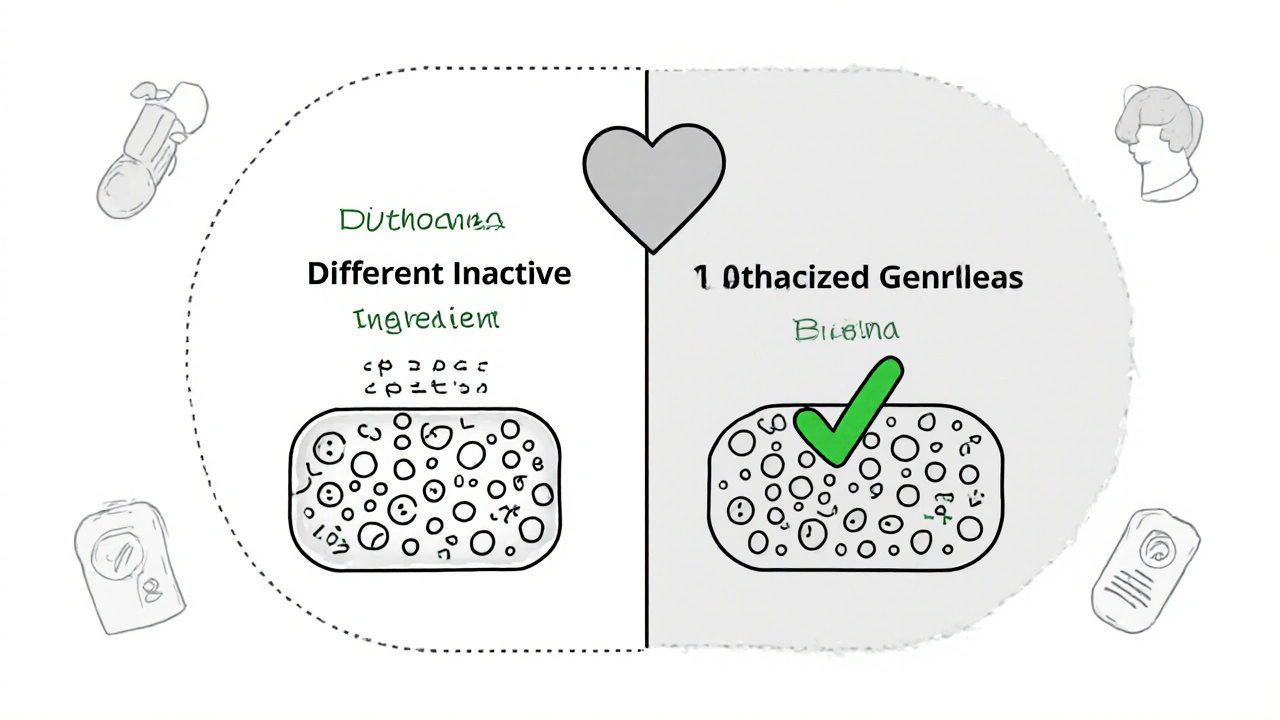
How to Get an Authorized Generic
It’s not automatic. You have to ask for it.
- Ask your doctor: “Is there an authorized generic for this prescription?”
- Ask your pharmacist: “Do you carry the authorized generic of [drug name]?”
- Check GoodRx or SingleCare - they often list authorized generics separately.
- Look at the label. Authorized generics won’t have the brand name. The manufacturer’s name will be the same as the brand’s, or a subsidiary (like “Teva Pharmaceuticals” for a brand made by Pfizer).
If your insurance denies coverage, ask them why. Many plans cover authorized generics at the generic tier - even though they’re made by the brand company. If they say no, file an appeal. Cite the FDA’s statement: “An authorized generic is therapeutically equivalent to the brand name drug because it is exactly the same drug.”
What’s Changing in 2025?
The FDA is under pressure to make authorized generics more transparent. Right now, they don’t appear in the Orange Book, which makes it hard for patients and pharmacists to track them. In 2023, the agency began exploring mandatory disclosure of authorized generic pricing and manufacturer details.
Legislators are also watching. The Affordable Prescriptions for Patients Act of 2023 proposed limiting how often brand companies can launch authorized generics to block competition. That could mean more traditional generics entering the market - and lower prices overall.
But for now, authorized generics remain a quiet option. They’re not flashy. They don’t have ads. But for people who need exact matches, they’re the closest thing to the brand - without the brand price.
Final Thought: It’s Not About Brand Loyalty - It’s About Your Body
There’s no reason to pay more for a pill just because it has a fancy name. If your body responds better to the exact same formula - even if it’s unlabeled - that’s not being picky. That’s being smart.
Authorized generics aren’t a loophole. They’re a feature of the system. They exist because the FDA recognizes that sometimes, identical means better. And for patients who’ve been let down by traditional generics, they’re a lifeline.
Next time you’re handed a new bottle, don’t assume it’s just another generic. Ask. Check. Know what you’re taking. Your health deserves nothing less.

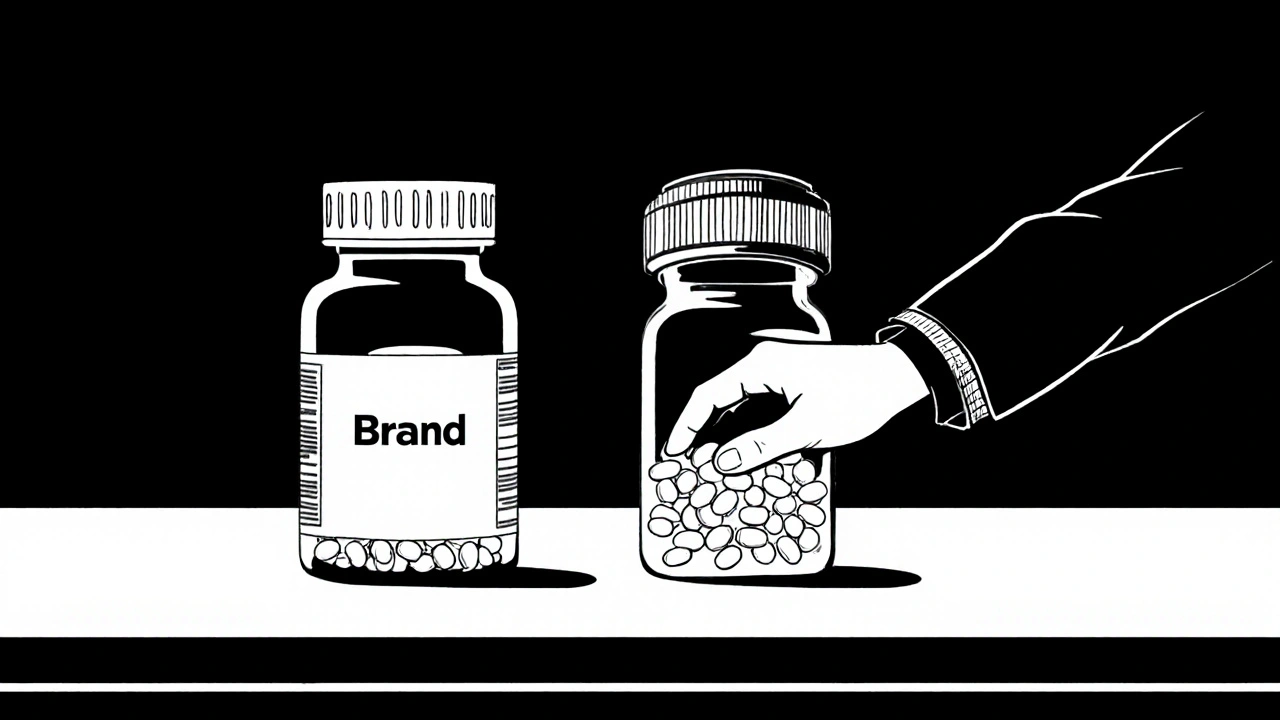


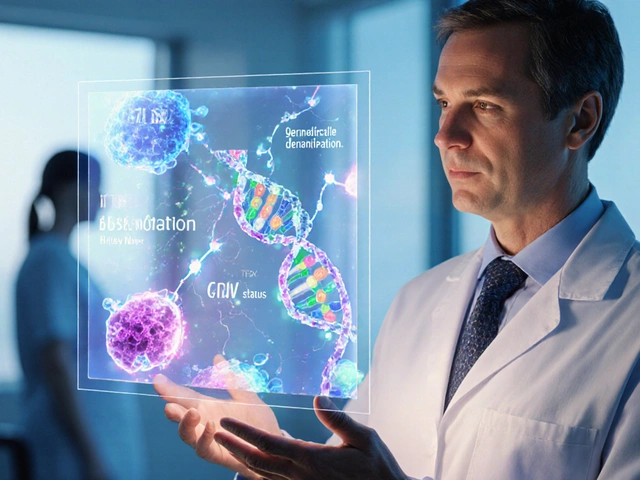
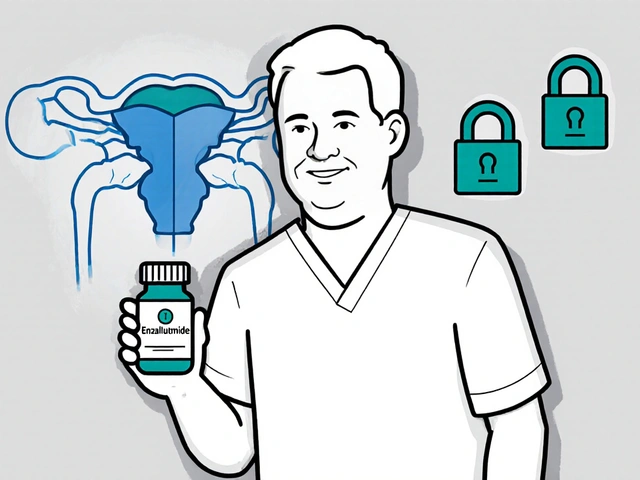
Katelyn Sykes
So I just asked my pharmacist about my blood pressure med and she said yeah we got the authorized generic for $12 vs $78 for the brand. I had no idea. This is wild. Why doesn't anyone talk about this?
Gabe Solack
This is actually huge 🤯 I've been on the same antidepressant for 5 years and switched to a generic once and felt like I was on a different drug. Switched back to brand, felt normal. Found out later the authorized generic exists and now I take that. Same pill. Half the price. Why isn't this common knowledge?
Iska Ede
Oh so that's why my insurance keeps pushing me to 'generic' and I keep getting the same pill but with a different label. Genius. Pharma really knows how to play the game huh 😏
Heidi R
Of course the brand manufacturers create their own generics. It's not about patient care. It's about monopolistic control. The FDA is complicit. This is systemic exploitation disguised as innovation.
Holly Powell
It's fascinating how the regulatory architecture of the NDA vs ANDA creates this structural asymmetry in therapeutic equivalence perception. The market incentives for brand manufacturers to deploy authorized generics as anti-competitive instruments represent a classic case of regulatory capture within the pharmaceutical industrial complex.
Emanuel Jalba
I CAN'T BELIEVE PEOPLE DON'T KNOW THIS!! I've been screaming about this for YEARS!! My mom almost died because she took a generic with cornstarch and had a reaction!! This is a PUBLIC HEALTH CRISIS!! 😭
Gabriella Jayne Bosticco
I'm from the UK and we don't have this exact system, but the principle is the same. My GP always asks if I've had issues with fillers before prescribing. It's not about the brand name, it's about what's inside the pill. Simple, really.
Shaun Barratt
There is a critical gap in pharmacist education regarding authorized generics. The absence of these products from the FDA's Orange Book creates systemic information asymmetry. Patients are left to self-advocate in a complex, opaque system.
Bailey Sheppard
This is actually really cool. I never thought about how the same pill could be sold under two names. I'm gonna ask my doc next time I refill my thyroid med. Thanks for laying this out so clearly.
Kristina Williams
Wait so you're telling me the government and big pharma are hiding this from us? They want us to pay more so they can control our minds through the fillers? I bet they put tracking chips in the brand name ones too. I'm not taking anything anymore.
Yash Nair
USA so weak. In India we have real generics from real companies. No fake branded generics. You people pay too much for nothing. This is scam. Pharma company only care about money. India make good medicine cheap. You should learn.
Sarah Frey
Thank you for sharing this. I've been advocating for patients to ask about authorized generics for years, and it's still such a hidden gem. It's not about brand loyalty-it's about bodily autonomy. If your body responds better to the identical formulation, you deserve that option. Knowledge is power, and this is essential knowledge.
Brenda Kuter
THEY KNOW. THEY ALL KNOW. I saw a video of a pharma exec laughing about how they 'create generics to trap the market.' They're laughing at us. I'm not taking my meds anymore. I'm going to the woods. I'm done.